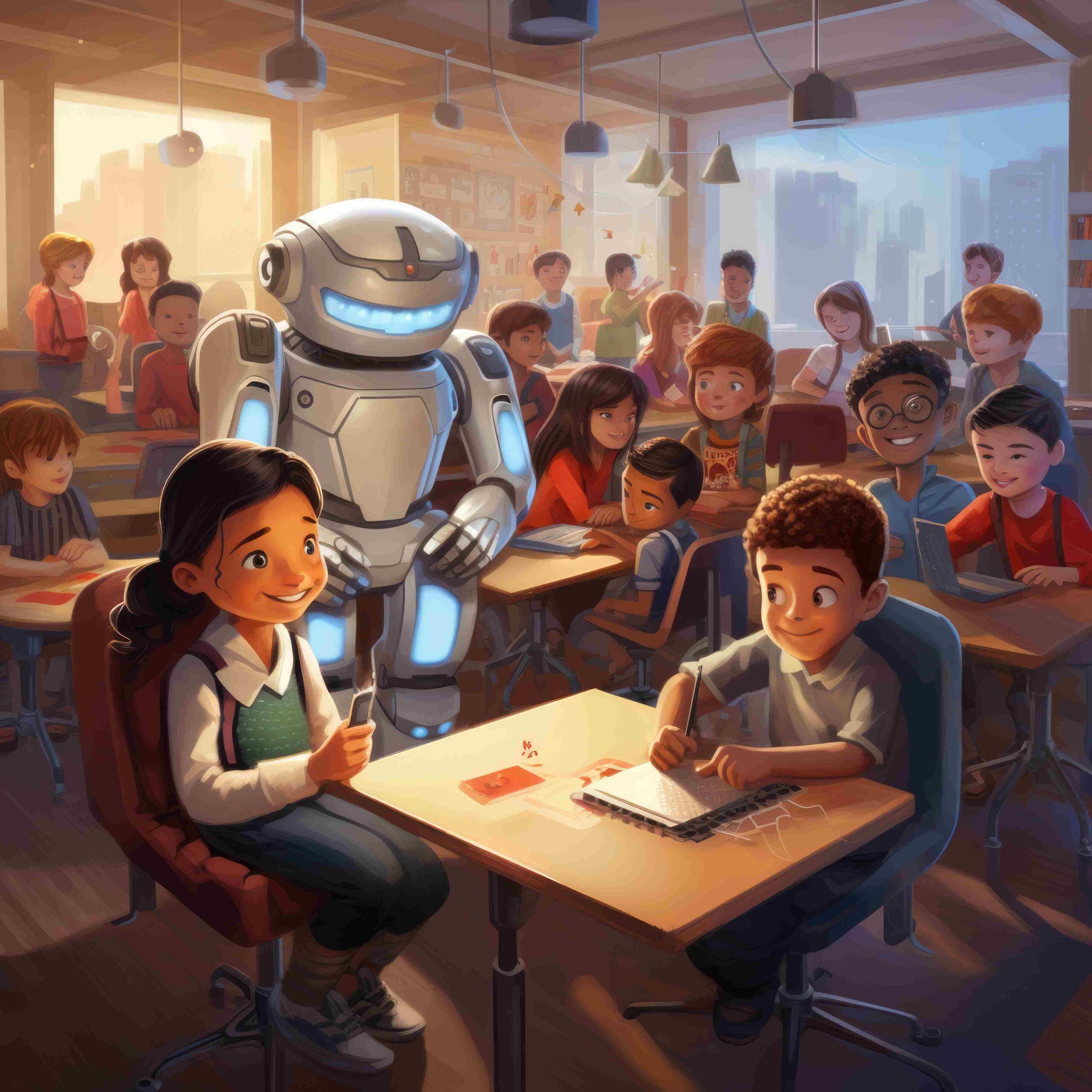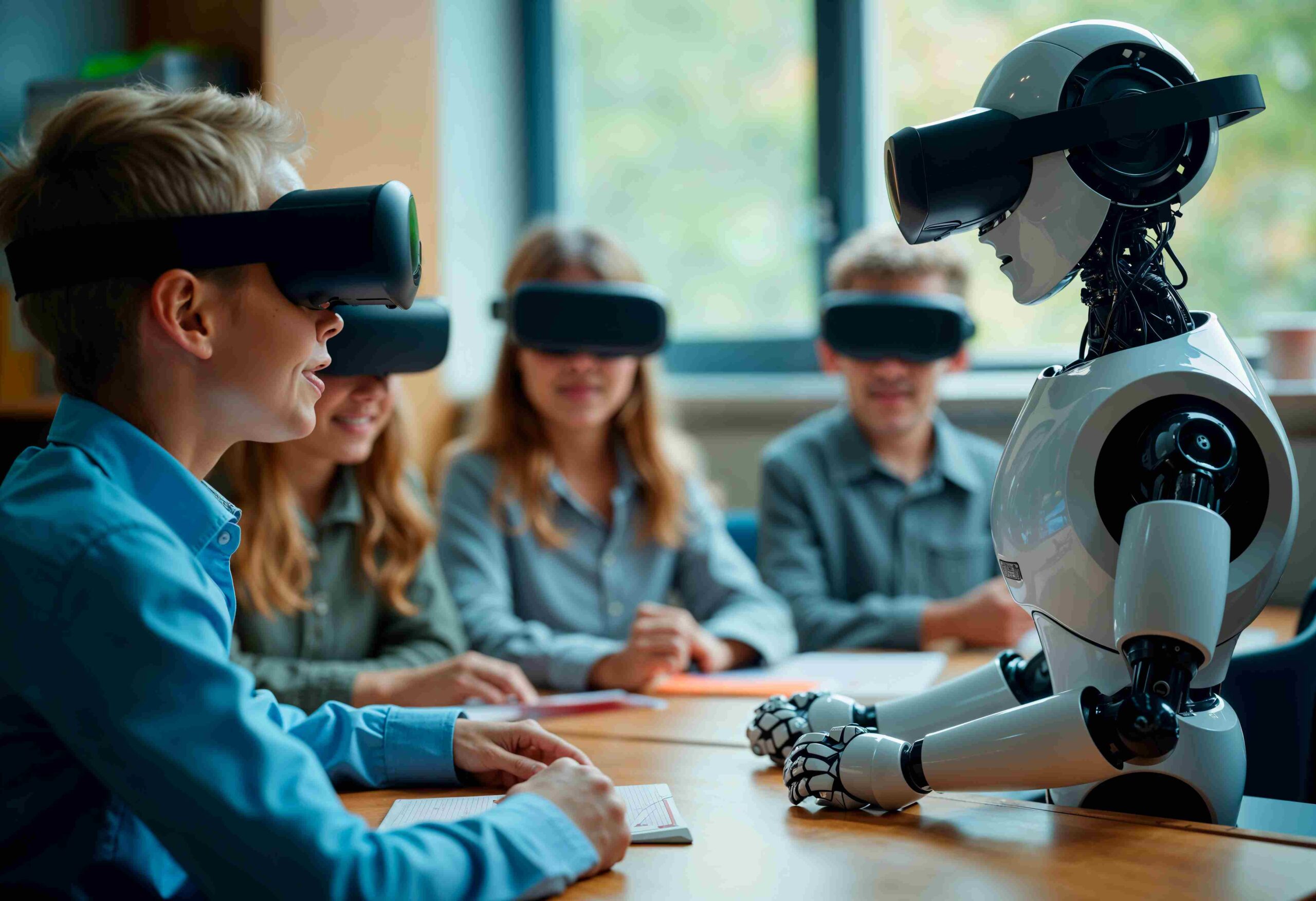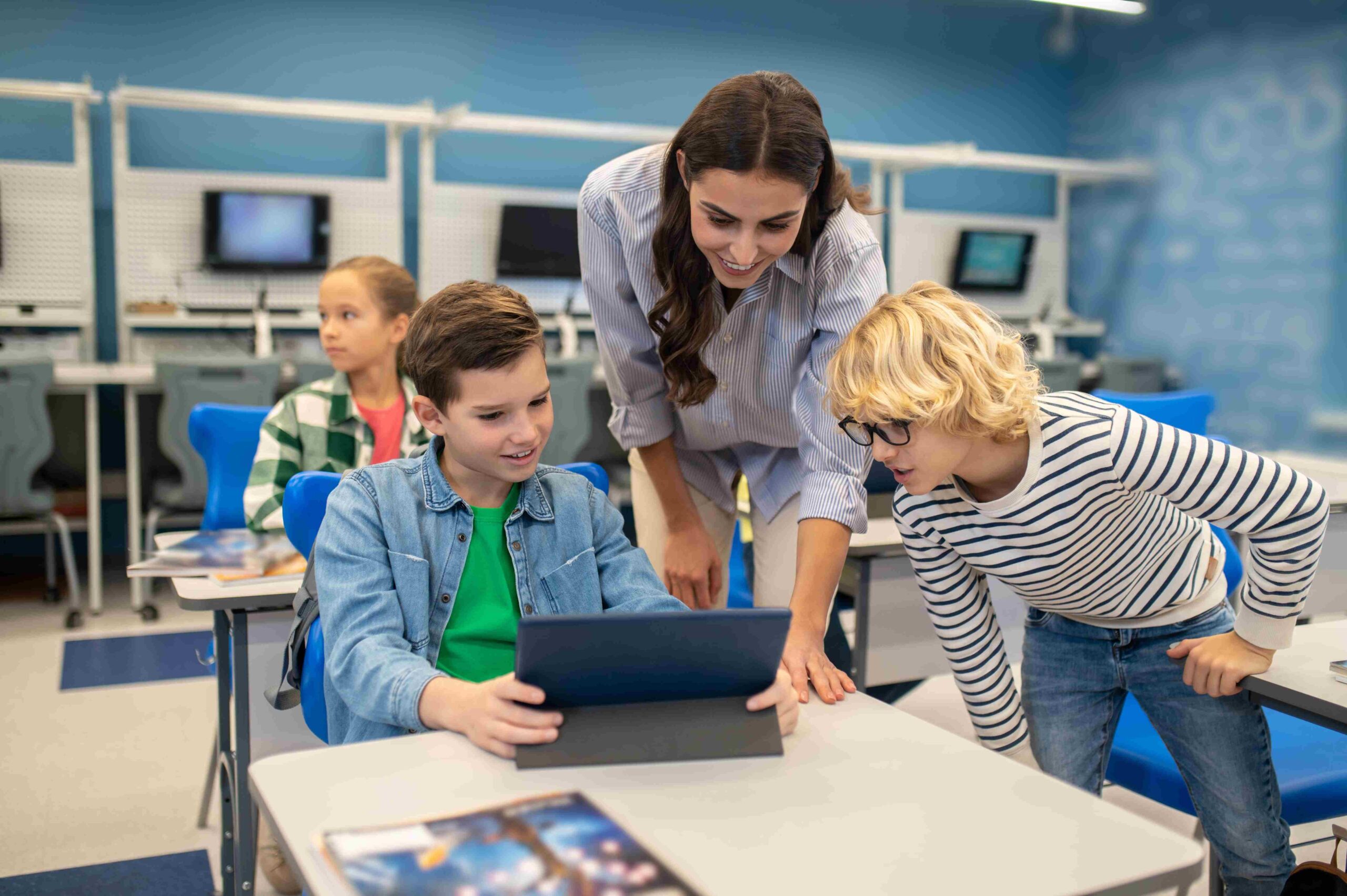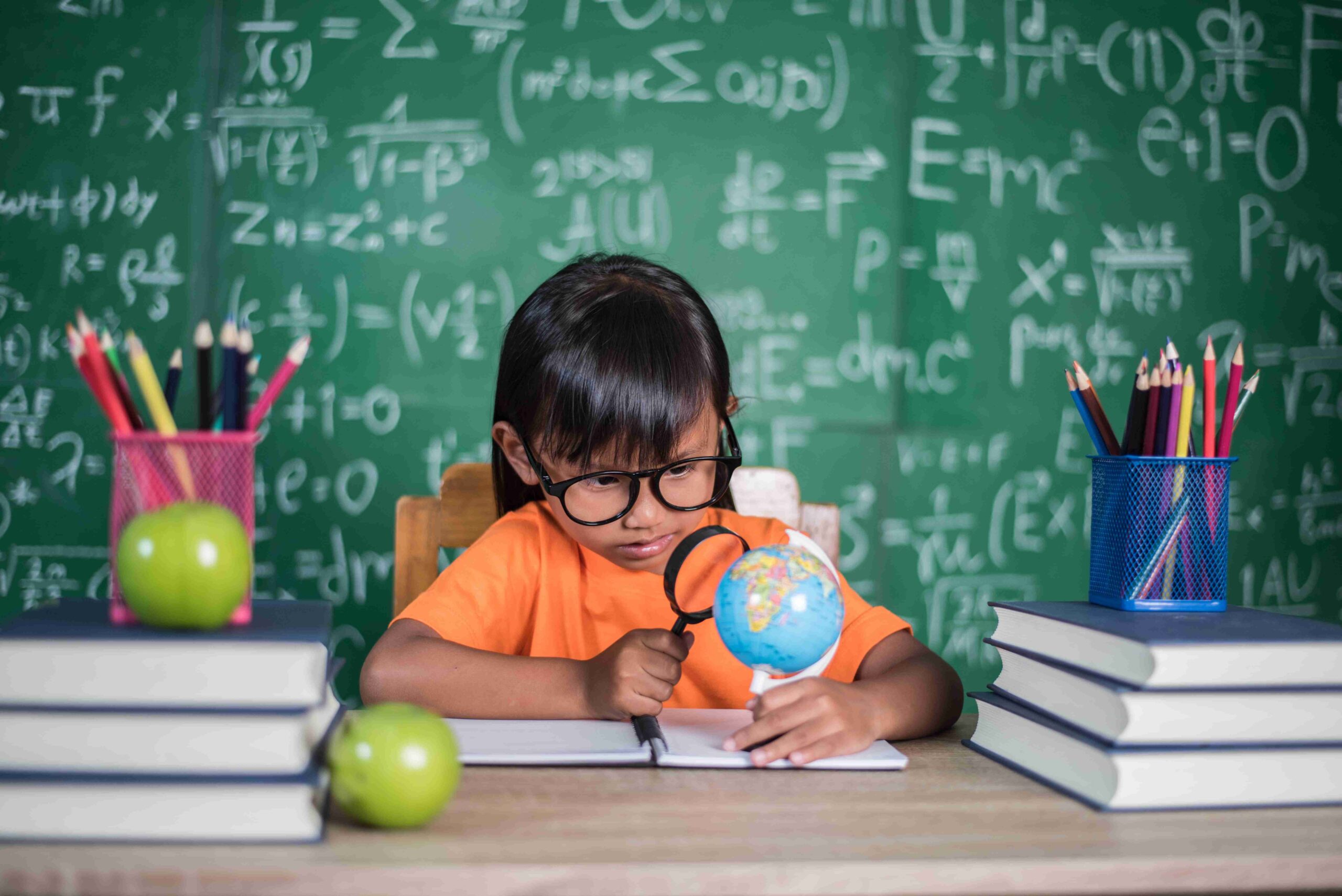The good things about AI in education are changing how teachers and kids learn. AI has a lot of tools and solutions that can improve speed, involvement, and results in the classroom. These include personalized learning experiences and easier access. As schooling changes, AI is becoming an important part of solving problems and making new chances for everyone.
Almost every field has been changed by the fast growth of technology, and schooling is no different. Among these new ideas, AI comes out as a game-changer. It has created new tools and methods that are changing how teachers and students learn.
AI is changing education by making it more personalized, more efficient, and easier for more people to get. The use of AI in the classroom changes the way both students and teachers learn.
What AI Can Do for Education: Customized Learning Opportunities
AI in education makes learning more specialized by adapting lessons and materials to each student’s speed, learning style, and skills. AI-powered systems look at how each student is doing and change lessons right away based on what they find. Students who need more help are given more materials and steps that are easier to follow. Students who are already good at the subject can move on to more difficult topics.
When used in this way, it helps close learning gaps, strengthens basic skills, and raises academic success. Students can keep track of their progress, fix their mistakes, and stay encouraged with immediate feedback. AI makes learning more effective and open to everyone by changing to each person’s needs.
Platforms like Edument Online School let students make their own learning paths, which lets them learn at their own speed.
Enhancing Classroom Efficiency
Administrative chores like organizing, marking, and keeping track of attendance can take up a lot of teachers’ time, leaving them with fewer hours to teach directly. AI takes over these boring, repetitive jobs, giving teachers more time to teach and connect with their students.
For instance, grading systems that are driven by AI quickly look over tasks and give immediate input. Tools for tracking attendance and making schedules make daily tasks easier, which makes sure that educational processes are managed well. These improvements help institutions save money on costs and get more done.
Getting Students More Involved
Keeping students interested is very important for good learning. AI-powered tools, like gamified learning platforms, engaging tutorials, and virtual helpers, make learning more interesting and fun. These tools offer tasks that keep students interested and driven based on their skill level.
Gamified platforms can turn lessons into tasks that you can interact with, which makes learning fun and helps you remember what you’ve learned. Real-time feedback also lets students see their growth right away, which gives them a sense of success and pushes them to keep getting better.
Insights for Teachers Based on Data
AI makes it easier to gather and analyze a lot of educational data, like test results, participation rates, and measures of growth. AI helps teachers find trends, figure out which kids are having trouble, and give them the right kind of help by analyzing this data.
With AI-driven insights, teachers can make smart choices, change lesson plans, and make good use of resources, all while building a flexible and data-driven learning space.
Getting More People to Go to School
AI is removing barriers to education by providing scalable solutions that can reach kids in places that are hard to reach or don’t have enough teachers. With online tools and virtual classrooms, you don’t have to be in the same place as the other students to use good learning materials.
With AI tools like speech recognition and real-time languages, learning is more open to students with challenges. AI opens up learning chances for a wide range of students around the world by making it easier for everyone to get an education.
Possible Problems with Using AI in Schools
AI has many perks, but it also has some problems that need to be fixed:
- Data Privacy and Security: A lot of information about students needs to be stored and managed safely.
- Too much dependency on technology: relying too much on AI could cause people to connect with each other less, which is important.
- High Costs to Implement: AI equipment, training, and upkeep can be pricey.
- Effects on Teaching Jobs: Some management or teaching jobs may become less secure as a result of automation.
Realizing these problems is important for putting AI to good use in a way that lasts.
How to Use AI in the Classroom
To successfully use AI, organizations should:
- Set Clear Goals: Write down clear goals, like making learning more personalized or easing office work.
- Invest in infrastructure: Make sure you have a stable internet connection and gadgets that can work with AI tools.
- Give Teachers Training: Teach teachers how to use AI effectively and keep a balance between technology and human contact.
By following these steps, you can be sure that using AI will have useful and good effects on both students and teachers.
In Conclusion
As a result of its ability to personalize learning, automate administrative chores, increase student involvement, and make education more open to a wider range of students, AI is changing the way we learn. There are problems, like data protection, costs, and job effects, but the rewards are greater when the risks are lower.
AI can help teachers make learning spaces that are more efficient, welcoming, and interesting for all students, meeting their individual needs.








